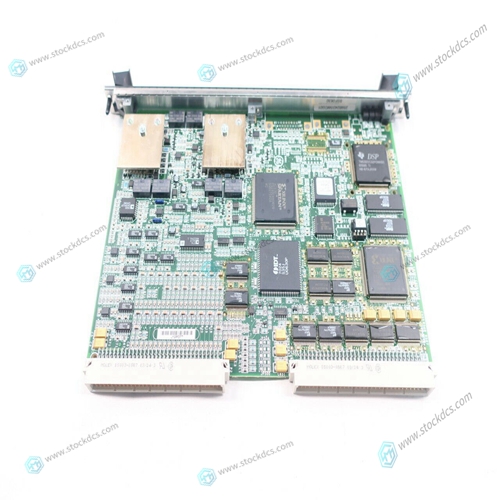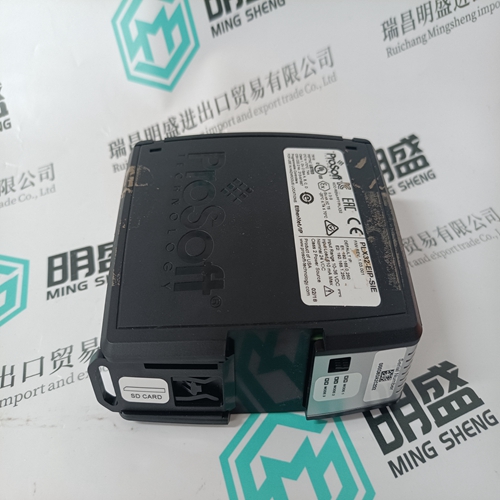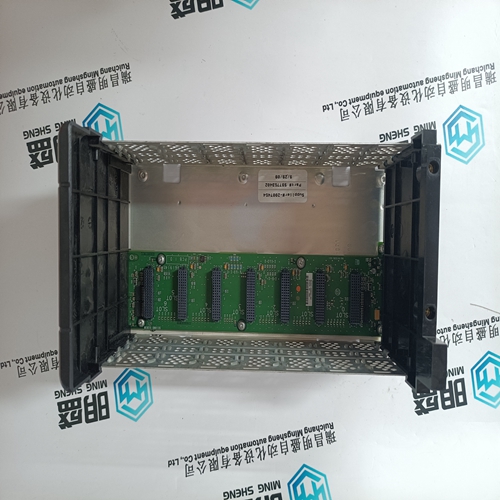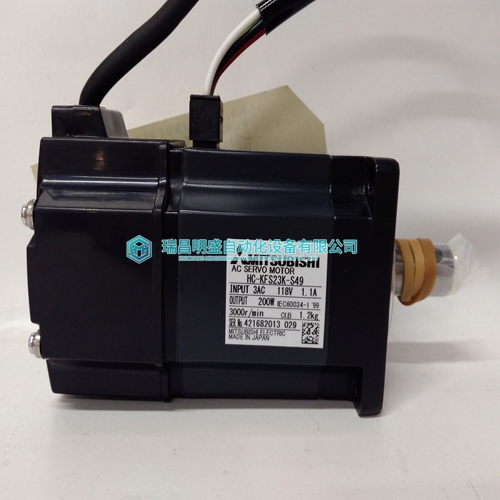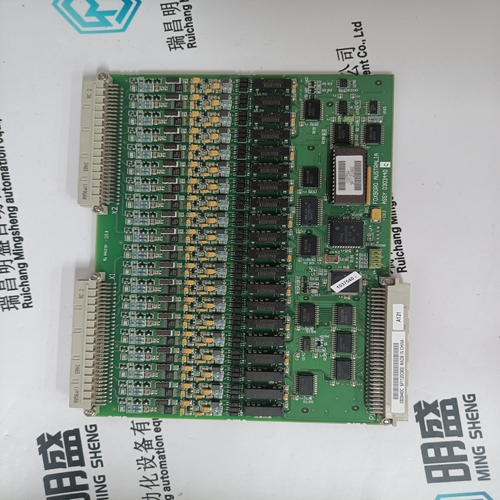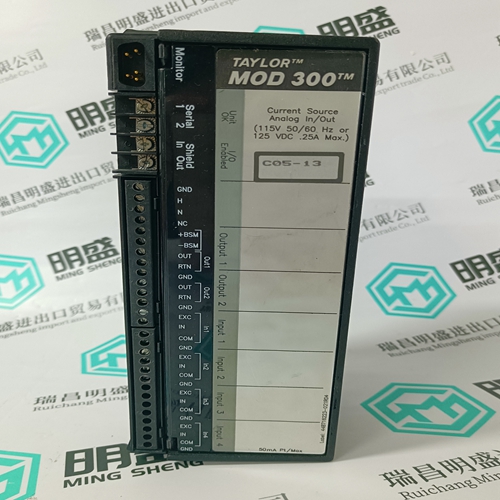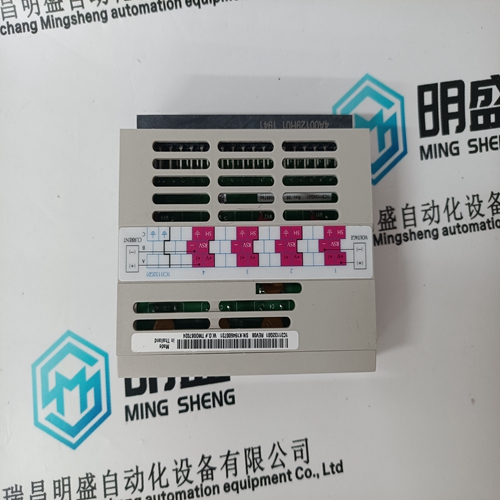Home > Product > Gas turbine system > GE IS200F0SAG1AAA Thermocouple input card
GE IS200F0SAG1AAA Thermocouple input card
- Product ID: IS200F0SAG1AAA
- Brand: GE
- Place of origin: The United States
- Goods status: new/used
- Delivery date: stock
- The quality assurance period: 365 days
- Phone/WhatsApp/WeChat:+86 15270269218
- Email:stodcdcs@gmail.com
- Tags:GEIS200F0SAG1AAAThermocouple input card
- Get the latest price:Click to consult
GE IS200F0SAG1AAA Thermocouple input card
The AMD RDNA devices offer several methods for access to off-chip memory from the processing elements (PE) within each WGP. On the primary read path, the device consists of multiple channels of L2 cache that provides data to Read-only L1 caches, and finally to L0 caches per WGP. Specific cache-less load instructions can force data to be retrieved from device memory during an execution of a load clause. Load requests that overlap within the clause are cached with respect to each other. The output cache is formed by two levels of cache: the first for write-combining cache (collect scatter and store operations and combine them to provide good access patterns to memory); the second is a read/write cache with atomic units that lets each processing element complete unordered atomic accesses that return the initial value.
Each processing element
provides the destination address on which the atomic operation acts, the data to be used in the atomic operation, and a return address for the read/write atomic unit to store the pre-op value in memory. Each store or atomic operation can be set up to return an acknowledgment to the requesting PE upon write confirmation of the return value (pre-atomic op value at destination) being stored to device memory. This acknowledgment has two purposes:• enabling a PE to recover the pre-op value from an atomic operation by performing a cacheless load from its return address after receipt of the write confirmation acknowledgment, and • enabling the system to maintain a relaxed consistency model.
Shader Padding Requirement
Due to aggressive instruction prefetching used in some graphics devices, all shaders must be padded out with 64 extra dwords (256 bytes) of data past the end of the shader. It is recommended to use the S_CODE_END instruction as padding. This ensures that if the instruction prefetch hardware goes beyond the end of the shader, it will not reach into uninitialized memory (or unmapped memory pages) Each scatter write from a given PE to a given memory channel maintains order. The acknowledgment enables one processing element to implement a fence to maintain serial consistency by ensuring all writes have been posted to memory prior to completing a subsequent write. In this manner, the system can maintain a relaxed consistency model between all parallel work-items operating on the system.







Common problem
We have this product in stock, and we can deliver it to you at any time when you need it badly.
*The warranty period of all products is 1 year, which has passed the professional test certification.
*If you need to order more than one product, please contact us, and we can offer you a discount.
*We only use HDL UPS and other express delivery methods to deliver spare parts.
*If you find that other suppliers offer lower prices for the same products, we are also willing to offer you further discounts based on their prices.
If you have any other questions, please feel free to contact us via email.
*Please let us know if you need any spare parts, we can give you further assistance, and we are waiting for your inquiry.
